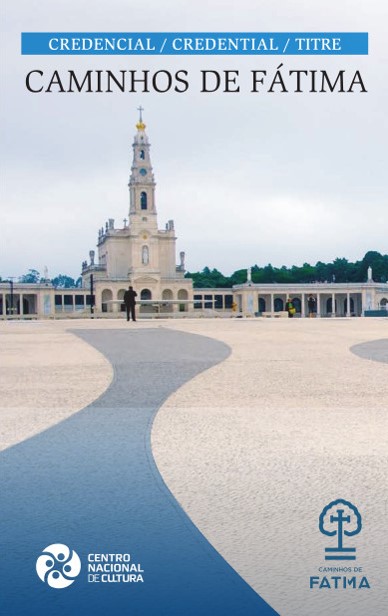Information
Fatima is a contemporary spiritual reserve.
Cardinal José Tolentino Mendonça – “Chegar a Fátima a pé” @ iMissio, 10/10/2021
Its geography doesn’t coincide exactly with the urban fabric.
Its topography is not just what you see.
Pilgrims know that Fatima begins much earlier
and continues long afterwards.
You can walk the Fátima Walking Routes all year round. However, it is in spring, summer and autumn that you will find the best conditions. In summer, you can expect a few days of high temperatures, but you can also adjust your timetable, taking the opportunity to leave early in the morning. The journeys we propose are suitable for the area to be travelled, but you can set longer or shorter journeys according to your interests and availability.
On each journey, the starting and finishing points are always a public place, next to a monument, church or chapel that is significant as a religious space and of cultural value. Throughout each journey, especially in towns, pilgrims and walkers will find places to get water and food, hostels, and other types of accommodation. We recommend you always find out what is available in advance. In order to walk the Ways of Fatima with the itineraries we have suggested, you should make the necessary preparations, taking into account the general conditions of each of the Ways along the entire route and the specific conditions of each journey or stage (day walk).
Orientation
Signage in the territory along the tracks of the Fátima Walking Routes lead includes the symbols of the brand and its image, with its graphic representation and colour. However, until the extensive process of signposting all the Fátima Walking Routes in Portuguese territory is completed, you may find simpler forms of signposting such as blue arrows. We suggest that you consult the map of the Way you intend to walk, which is an essential tool along the route.

Pilgrim’s Credentials for the Fátima Walking Routes
Over the centuries, all those who embarked on a pilgrimage to a holy place enjoyed safe conduct to help them through the difficulties of their journey. Nowadays, walkers and pilgrims have access to the Pilgrim’s Credential, which helps them identify themselves and which is also proof of the completion of these cultural and spiritual itineraries.
What is the Credential for?
The credential is like a passport, certifying your passage through the various stages of the Ways of Fatima. It can be stamped at each stop made during the walk, at a host organisation which will use its own stamp for this purpose (tourist office, parish, hotel, hostel, restaurant, or other institution). It thus certifies that the Way of Fatima has taken place.
The only official and valid credential is the one issued by the National Culture Centre.
Where can I get the Credential?
The credential can be picked up at the headquarters of the National Culture Centre (CNC) in Lisbon. It can also be requested from the CNC by email ([email protected]) or telephone (+351 21 346 67 22). It can be sent by post, with the cost of the respective postage being the responsibility of those who request it.
It is also available at some sites of reference officially recognised by the National Culture Centre:

Camino de Santiago Hostels
Carmel of St Teresa in Coimbra
Sacavém Ceramics Museum
Lisbon Cathedral
Porto Cathedral
Tourist Offices
Fátima Walking Routes Information Center
Rua Adriano Correia de Oliveira, nº 8, 1600-312 Lisboa
Pilgrim Information Center
Igreja de Nossa Senhora da Conceição Velha – Rua da Alfândega, 108, 1100-585 Lisboa
In order to ensure the continued production of Credentials, the National Culture Centre would appreciate a voluntary donation of €2 per credential, which can be transferred to the following NIB/IBAN: PT 50 0033 0000 4523 7586 5850 5.
Preparing for the journey
To make the pilgrimage, define a plan of stages suited to your physical condition and the accommodation options available. On average, each stage, corresponding to a walking day, is around 25-30 kilometres in length. You should take into account the degree of difficulty of the route and the time of year when you intend to do the Way. The climate in Portugal is mild, but it varies from region to region, according to relief, latitude and proximity to the sea.
Before, during and after the walk, good hydration is essential. We recommend that you wear comfortable clothing and a rucksack that fits your body and in which you carry only the essentials.
Respect the Rules of Conduct recommended for walking routes and experience the Fátima Walking Routes aware of your contribution to nature conservation, the protection of biodiversity and the environment.